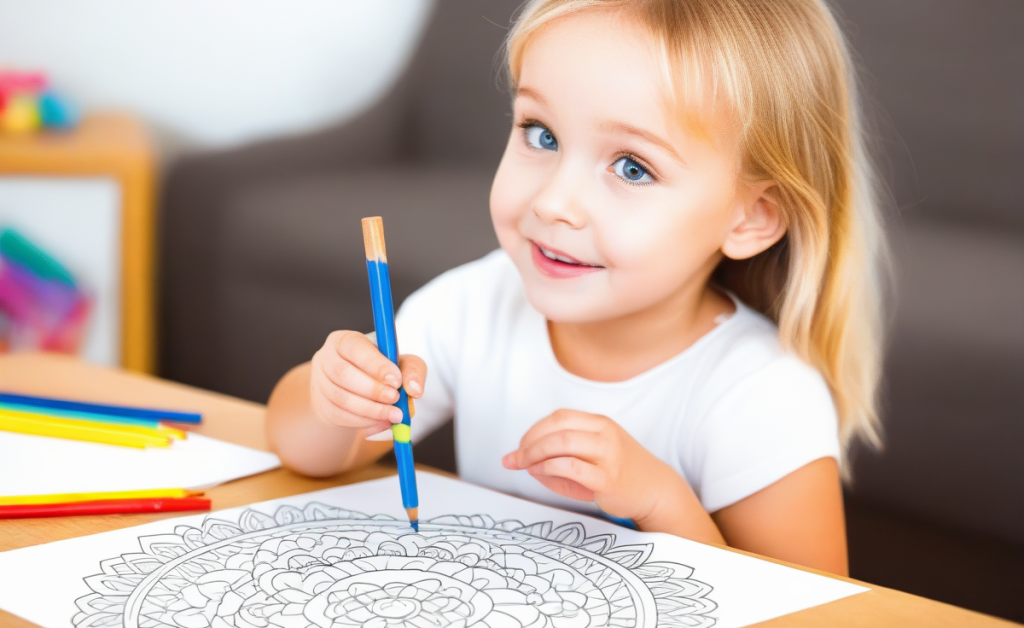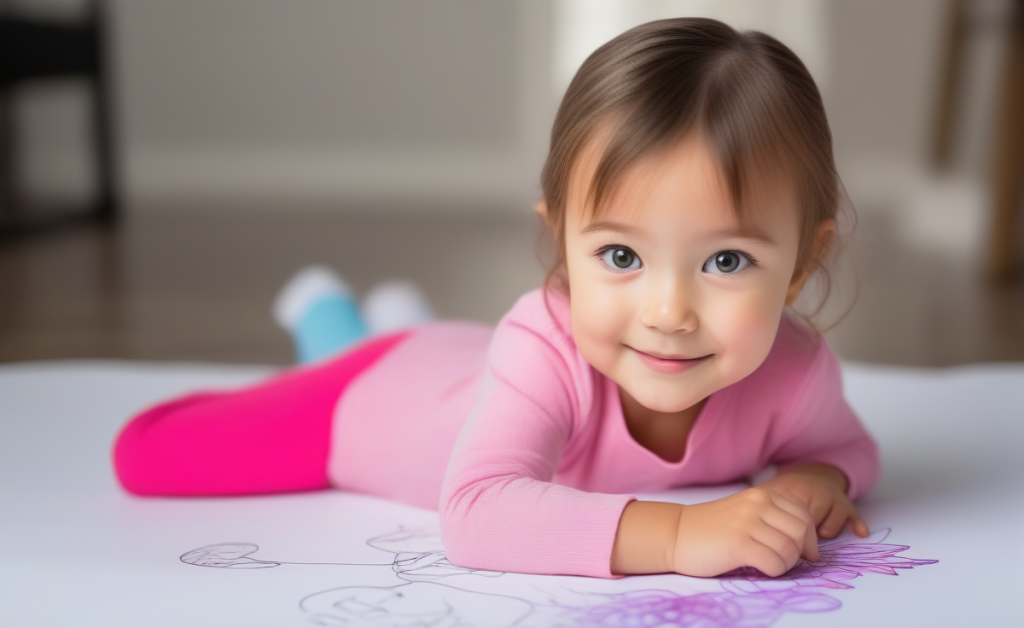Blogs coloring page
The Benefits of Coloring for Children’s Development
Coloring is more than just a fun pastime for children. It is a valuable tool for their development, fostering growth in various aspects of their lives. In this comprehensive guide, we will delve into the world of coloring and explore how it can positively impact children’s cognitive, emotional, and physical development, all supported by scientific research. Additionally, we will highlight the specific skills that can be enhanced through coloring, such as fine motor skills and creativity.
Benefits of Coloring for Cognitive Development
Coloring is a cognitive exercise that stimulates the development of a child’s brain. Research has shown that coloring can enhance cognitive skills such as problem-solving, attention to detail, and spatial awareness. As children choose colors, decide where to apply them, and stay within the lines, they are engaging in critical thinking processes that strengthen their cognitive abilities. It’s a creative outlet that encourages imagination, planning, and decision-making.
Emotional Development through Coloring
In addition to cognitive growth, coloring can play a significant role in emotional development. Children often use coloring as a means of self-expression and coping with their emotions. Coloring can be a calming activity that helps children manage stress, anxiety, and frustration. By channeling their feelings into art, children can better understand and express their emotions.

Physical Development and Fine Motor Skills
Coloring also contributes to physical development, particularly in the development of fine motor skills. Fine motor skills involve the use of small muscles in the hands, fingers, and wrists. When children hold crayons, pencils, or markers and make precise movements to color, they are improving their fine motor skills. This is especially important for activities like writing and tying shoelaces.
Fostering Creativity through Coloring
Creativity is a skill that can be nurtured from an early age. Coloring allows children to explore their creativity by choosing colors, creating their interpretations of the world, and experimenting with patterns and designs. Encouraging creative expression through coloring can lead to more imaginative thinking and problem-solving abilities.
The Role of Art Therapy
Art therapy is a powerful tool that can help children deal with various emotional and psychological challenges. Coloring is often used in art therapy sessions to help children express their feelings and experiences. It can be especially beneficial for children who have faced trauma or difficulties. The process of coloring can be therapeutic and aid in emotional healing.
Tips for Effective Coloring Sessions
To maximize the benefits of coloring, parents and caregivers can follow some simple guidelines. It’s essential to provide children with a variety of coloring materials suitable for their age and skill level. Creating a nurturing and supportive environment for coloring sessions is key to their success. Additionally, ensuring that coloring sessions are regular and consistent can yield the best results.
Scientific Evidence
The benefits of coloring are not mere anecdotes; they are backed by scientific evidence. Numerous studies have explored the positive impact of coloring on children’s development. The research findings support the idea that coloring is an effective tool for enhancing cognitive, emotional, and physical development.

Testimonials and Success Stories
To illustrate the real-world impact of coloring on children’s development, we have collected testimonials and success stories from parents, educators, and therapists. These stories provide concrete examples of how coloring has made a positive difference in the lives of children, both in their emotional well-being and cognitive development.
Conclusion
In conclusion, coloring is a powerful and multifaceted tool for children’s development. It stimulates cognitive growth, supports emotional development, enhances fine motor skills, fosters creativity, and can be a valuable part of art therapy. Scientific evidence and real-life stories attest to its effectiveness. We encourage parents and caregivers to incorporate coloring into their children’s routines, recognizing it as a meaningful and enjoyable activity that can contribute to their overall development.
Unique FAQs
Q1: What age is suitable for introducing coloring to children?
- Coloring can be introduced as early as 18 months, and it’s a great way to develop fine motor skills.
Q2: Are there specific coloring techniques that promote creativity?
- Encouraging children to experiment with color combinations and patterns can enhance their creative thinking.
Q3: Can coloring be therapeutic for children with special needs?
- Yes, coloring is often used as part of art therapy to help children with special needs express themselves and manage emotions.
Q4: How can parents make coloring sessions enjoyable for their children?
- Creating a relaxed and supportive atmosphere, providing a variety of coloring materials, and participating together can make coloring sessions enjoyable.
Q5: Are there coloring activities that can be educational for children?
- Coloring books with educational themes, such as letters, numbers, and animals, can make coloring sessions both fun and educational for children.

